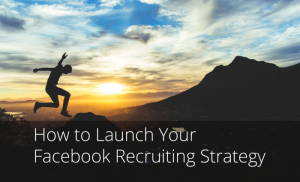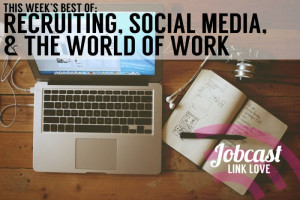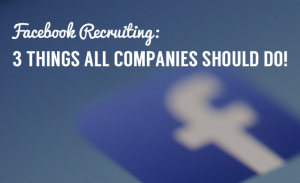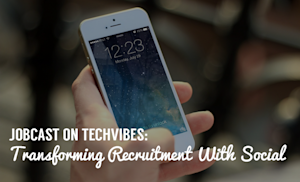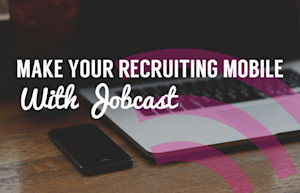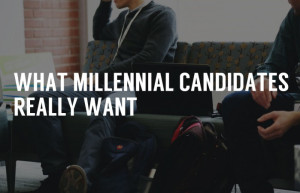Are you about to take the plunge and launch your social recruiting strategy? Do you want to reach the largest number of job seekers possible and promote your employer brand? Then Facebook is the perfect fit. Facebook is the most active social network, its Company Pages feature is great for employer branding, and the ability to add a Career Tab to your Page makes Facebook a top choice for social media recruitment. Launching your Facebook recruiting strategy takes planning, consistency, and as much creativity as you can muster. In this article, you’ll learn the basics of launching an effective Facebook recruitment campaign.
Start Early and With a Plan
Start planning your launch well ahead of time, two months is good, but three is better! In the months leading up to your launch, you’ll need to devote some time to compiling intel and making a plan. Research the best social recruiting tools, research your target audience (the candidates you wish to attract), and determine any restrictions or policy-based constraints you may face. Then map out your launch strategy. Plan what materials and content you’ll need to create buzz around your employer brand, how you’ll create or acquire that content, and how much time you’ll need to dedicate to implementing your strategy. Build Up Your Content
Start a stockpile of content that you can use on your Facebook Page and for Facebook Ads. You’ll want to create content that is visually appealing, consistent with your employer brand, appeals to the job seekers that you want to reach, showcases company culture, and includes a variety of different formats. A few suggestions are:
Employee profiles
Infographics
Photos of Staff events
Educational content
Job postings
Information about perks and benefits
For more ideas, check out these 11 types of content for social recruiting.
Build Excitement
Let everyone at your company know about your plans and ask them to Like your Company Page. Start posting some of the content that you’ve made to promote your employer brand and ask your staff, audience, and personal connections to share the content that you post. Video is an especially good medium to use at this stage of your launch because video has a greater reach and receives a higher level of engagement on Facebook than text-based content. Launch With a Bang!
Start posting jobs, promoting those job posts with Facebook Ads, and reach out to job seekers. Make it known that candidates can now learn about your latest job openings through social media and that they can ask your recruitment team questions and apply for your jobs via Facebook. This should be the focus of the content that you post when you first launch. During this period engagement is vital so you’ll want to focus on fun posts with high-quality images, videos, and strong calls to action. Measure Results
Sit down with your Facebook analytics and any other reports that you have access to and figure out which techniques worked the best for you. Do your video posts get the most engagement? What does your audience demographic look like now? What Facebook Ads worked best for you? Then take this information and use it to help you improve your strategy. Say Thank You
Thank your team, staff, and anyone who helped you spread the word about your Facebook recruiting efforts. Show your audience that you’re thankful to them for following your Page and Liking and sharing your content with a post to your Facebook Timeline. Facebook is an awesome tool for getting the word out about your social media recruiting. If you would like to learn more about how the Jobcast social recruiting app can help you set up a Facebook Career Site and automate your social sharing check out our website. Or try Jobcast Premium free for 30 days!
Read More